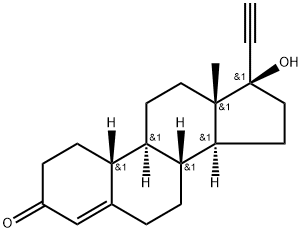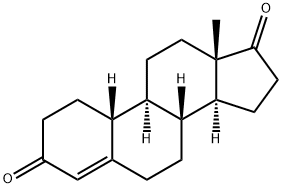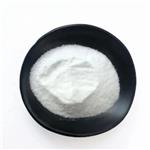Uses
Norethindrone is used to treat endometriosis (a condition in which the type of tissue that lines the uterus [womb] grows in other areas of the body and causes pain, heavy or irregular menstruation [periods], and other symptoms). Norethindrone is also used to treat abnormal periods or bleeding and to bring on a normal menstrual cycle in women who menstruated normally in the past but have not menstruated for at least 3 months and who are not pregnant or experiencing menopause (change of life; the end of monthly menstrual periods). Norethindrone is in a class of medications called progestins. It works by stopping the lining of the uterus from growing and by causing the uterus to produce certain hormones. Norethindrone is also used to prevent pregnancy.
Side effects
Some side effects of Norethindrone can be serious, though uncommon. If you experience any of the following symptoms, it's important to contact your doctor immediately: loss of vision, blurred vision, double vision, bulging eyes, migraine headache, pain, warmth, or heaviness in the back of the lower leg, shortness of breath, coughing up blood, sudden sharp or crushing chest pain, heaviness in chest, slow or difficult speech, dizziness or faintness, weakness or numbness of an arm or leg, swelling of the arms, hands, feet, ankles, or lower legs, yellowing of the skin or eyes, depression, mood swings, missed periods, sudden, severe pain in the abdomen (area between the chest and waist), hives, rash, itching, difficulty breathing, or swallowing. Additionally, Norethindrone may cause other side effects not listed here, so it's essential to reach out to your doctor if you experience any unusual problems while taking this medication.
storage
Keep this medication in the container it came in, tightly closed, and out of reach of children. Store it at room temperature and away from excess heat and moisture (not in the bathroom).
Unneeded medications should be disposed of in special ways to ensure that pets, children, and other people cannot consume them. However, you should not flush this medication down the toilet. Instead, the best way to dispose of your medication is through a medicine take-back program. Talk to your pharmacist or contact your local garbage/recycling department to learn about take-back programs in your community.
Dosage
Norethindrone comes as a tablet to take by mouth. Norethindrone is taken on different schedules that depend on the condition that is being treated and on how well norethindrone works to treat the conditions. When norethindrone is used to treat endometriosis, it is usually taken once a day for 6 to 9 months or until breakthrough bleeding becomes bothersome. When norethindrone is used to bring on a normal cycle in women who have stopped menstruating, it is usually taken once a day for 5 to 10 days during the second half of the planned menstrual cycle. To help you remember to take norethindrone, take it at around the same time of day every day that you are scheduled to take it. Follow the directions on your prescription label carefully, and ask your doctor or pharmacist to explain any part you do not understand. Take norethindrone exactly as directed. Do not take more or less of it or take it more often than prescribed by your doctor.
If you are taking norethindrone for endometriosis, your doctor will probably start you on a low dose of norethindrone and gradually increase your dose, not more than once every 2 weeks.
Norethindrone may control your condition but will not cure it. Continue to take norethindrone even if you feel well. Do not stop taking norethindrone without talking to your doctor.







